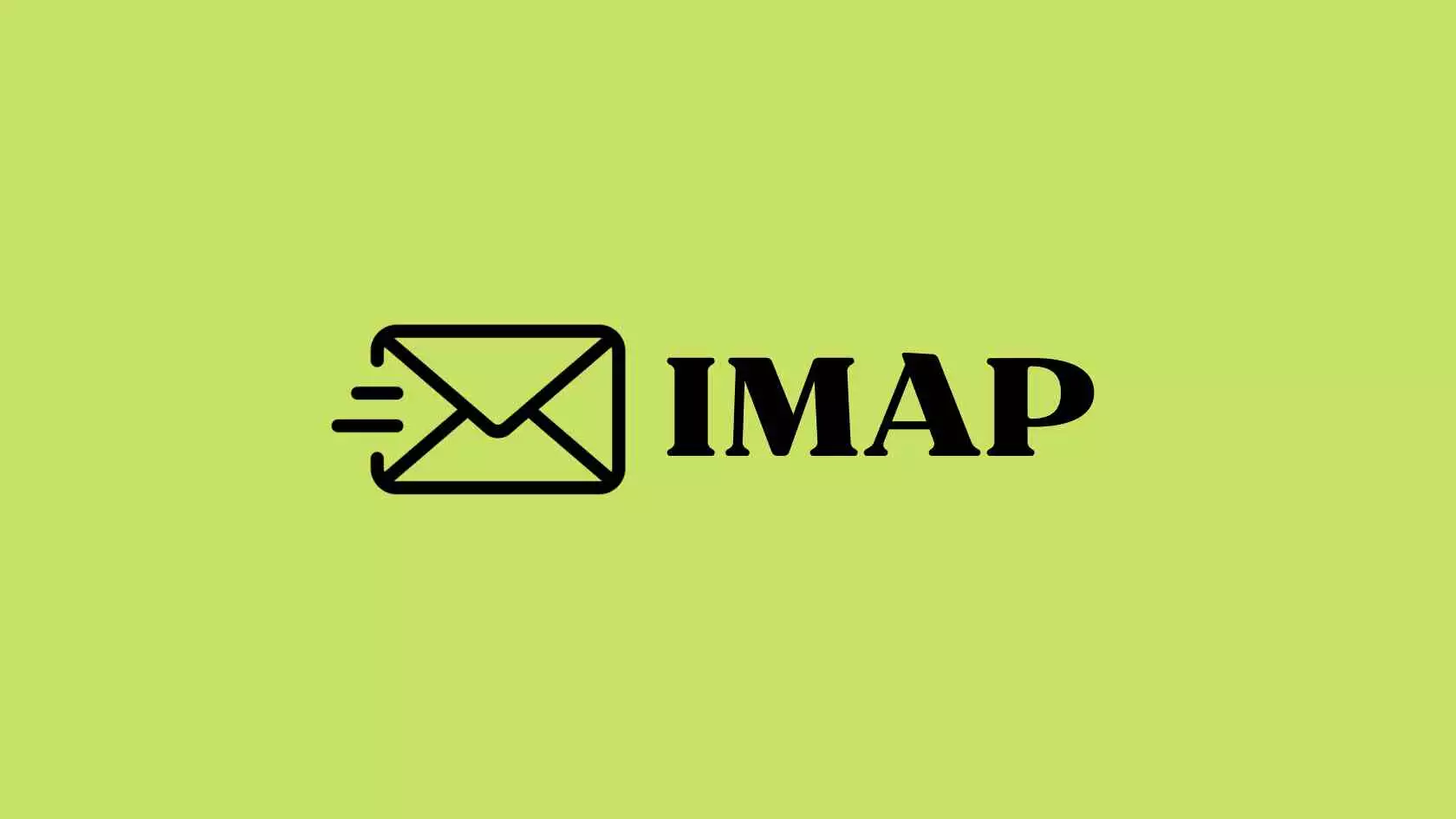Setting up an IMAP email account typically involves a few steps, including configuring your email client (e.g., Outlook, Apple Mail, Thunderbird, or a mobile email app) with the correct server settings and providing your email credentials. Here’s a general guide on how to set up an IMAP email account:
Note: The specific steps and options may vary depending on your email client and the email service provider you are using. It’s a good idea to refer to your email provider’s documentation for any specific instructions they may have.
- Open Your Email Client:
- Launch your email client on your computer or mobile device.
- Choose to Add an Account:
- Look for an option like “Add Account,” “Add Email Account,” or “Setup Account.” The wording may vary depending on your email client.
- Select IMAP:
- Choose the option that specifies IMAP (Internet Message Access Protocol) as the email account type. You may also see options for POP3 (Post Office Protocol version 3); make sure to select IMAP.
- Enter Your Email Address:
- Provide your full email address (e.g., “yourname@example.com“).
- Enter Your Password:
- Enter the password associated with your email account.
- Configure IMAP Server Settings:
- You will need to enter the following IMAP server settings:
- Incoming Mail Server (IMAP): This is the server where your email is hosted. It will typically be something like “imap.example.com” (replace “example.com” with your email provider’s domain).
- Port: The IMAP port is usually 143 for unencrypted communication or 993 for encrypted communication (using SSL/TLS).
- Encryption Method: Choose “SSL/TLS” or “STARTTLS” for secure communication. Some email clients may automatically detect and configure the encryption settings.
- You will need to enter the following IMAP server settings:
- Configure Outgoing SMTP Server Settings:
- You will also need to enter the following SMTP (Simple Mail Transfer Protocol) server settings for sending emails:
- Outgoing Mail Server (SMTP): This is the server used to send emails. It is often similar to the incoming server, like “smtp.example.com.”
- Port: The SMTP port is typically 587 for encrypted communication (STARTTLS) or 465 for SSL/TLS. Some email providers may use other ports.
- Encryption Method: Choose “SSL/TLS” or “STARTTLS” for secure communication.
- You will also need to enter the following SMTP (Simple Mail Transfer Protocol) server settings for sending emails:
- Authentication:
- Ensure that your email client is set to use authentication (usually “Password” or “Normal Password” authentication).
- Test Your Settings:
- Some email clients will provide an option to test the settings before saving them. This can help identify any configuration errors.
- Finish the Setup:
- After verifying that your settings are correct, you can finish the setup process. Your email client will typically check your account settings and may download a list of your email folders and messages.
- Sync and Use Your Email:
- Once the setup is complete, your email client will start synchronizing your email messages. You can now use your email account as usual, including sending and receiving emails.
Remember that the specific settings and setup process may vary depending on your email provider and email client. If you encounter any issues during setup, it’s a good idea to refer to your email provider’s documentation or contact their support for assistance.
